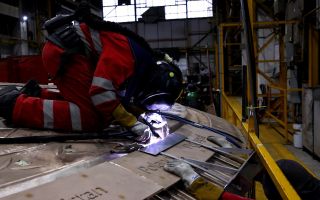
Safeguarding our planet and preparing for conflict: The team maintaining military forests

As the spectre of conflict rises over Nato's eastern flank, one unlikely part of the Defence Training Estate is coming into its own: our military forests.
However, trees are not just useful for training troops – they also capture carbon, helping to safeguard our planet for generations to come, as well as providing spaces for mental respite.
BFBS Forces News spoke to Judith Peachey, Forestry and Arboriculture Manager at Landmarc – a service provider for the MOD – about the multiple benefits of maintaining woodland in the Defence Training Estate (DTE).
Creating realistic training scenarios
In partnership with the Defence Infrastructure Organisation (DIO), Landmarc manages more than 20,000 hectares of woodland on the DTE, containing 21 million trees, as part of the many facilities it supports on training sites.
Soldiers require different woodland types to vary training environments – everything from dense forest cover to open glades and small copses.
One priority for the Landmarc team is ensuring these training areas are safe for troops to use.
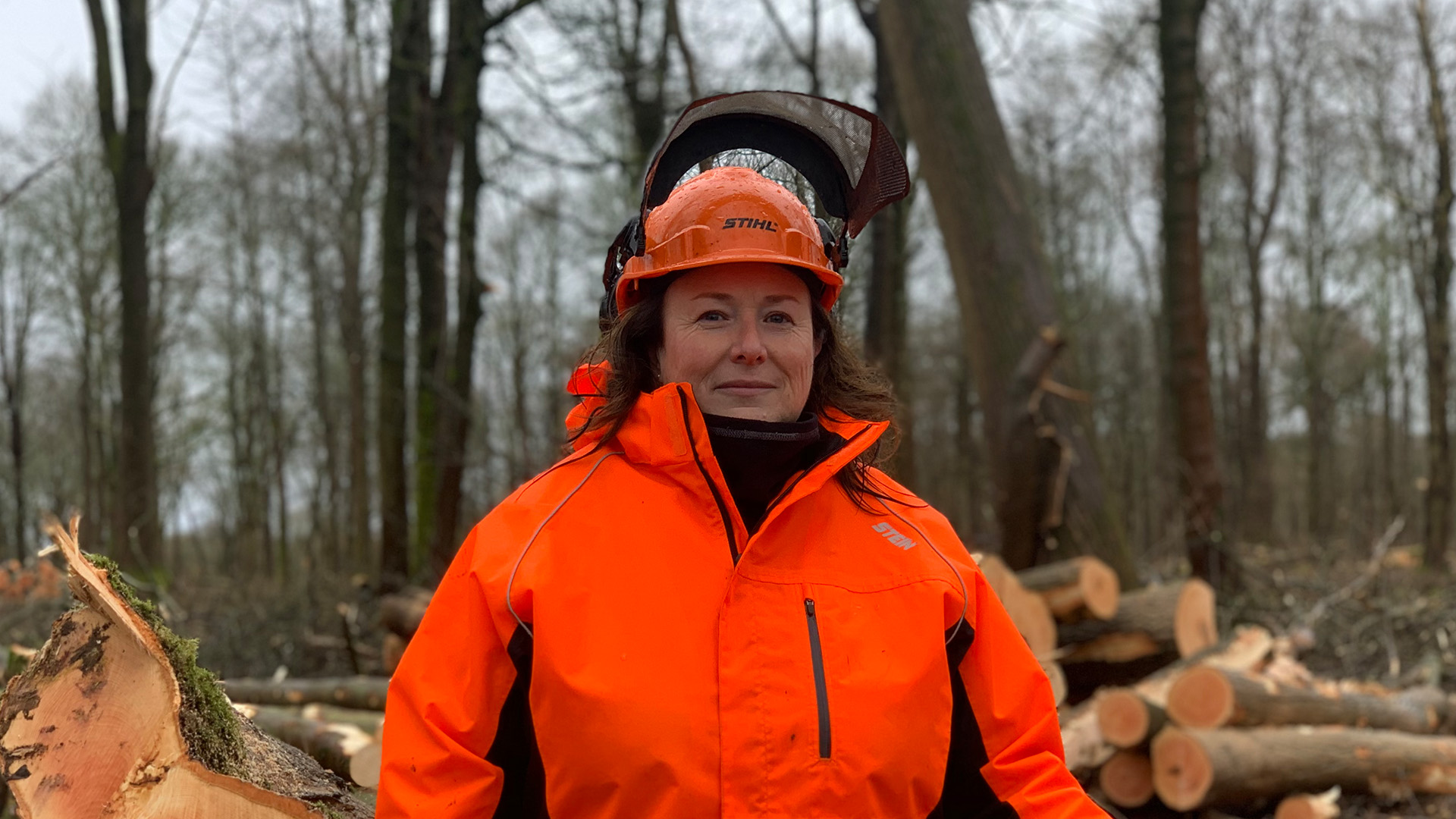
"We have a very large resource on the Defence Training Estate, which is a real primary location for a large proportion of the military training that is carried out," said Ms Peachey.
"It's used for dismounted troops [and] for the movement of vehicles and larger armour.
"It also replicates training scenarios which are found not just in this country, but across the world.
"We can replicate a lot of the forests which are found in… Eastern Europe, which I think at this time is really useful."
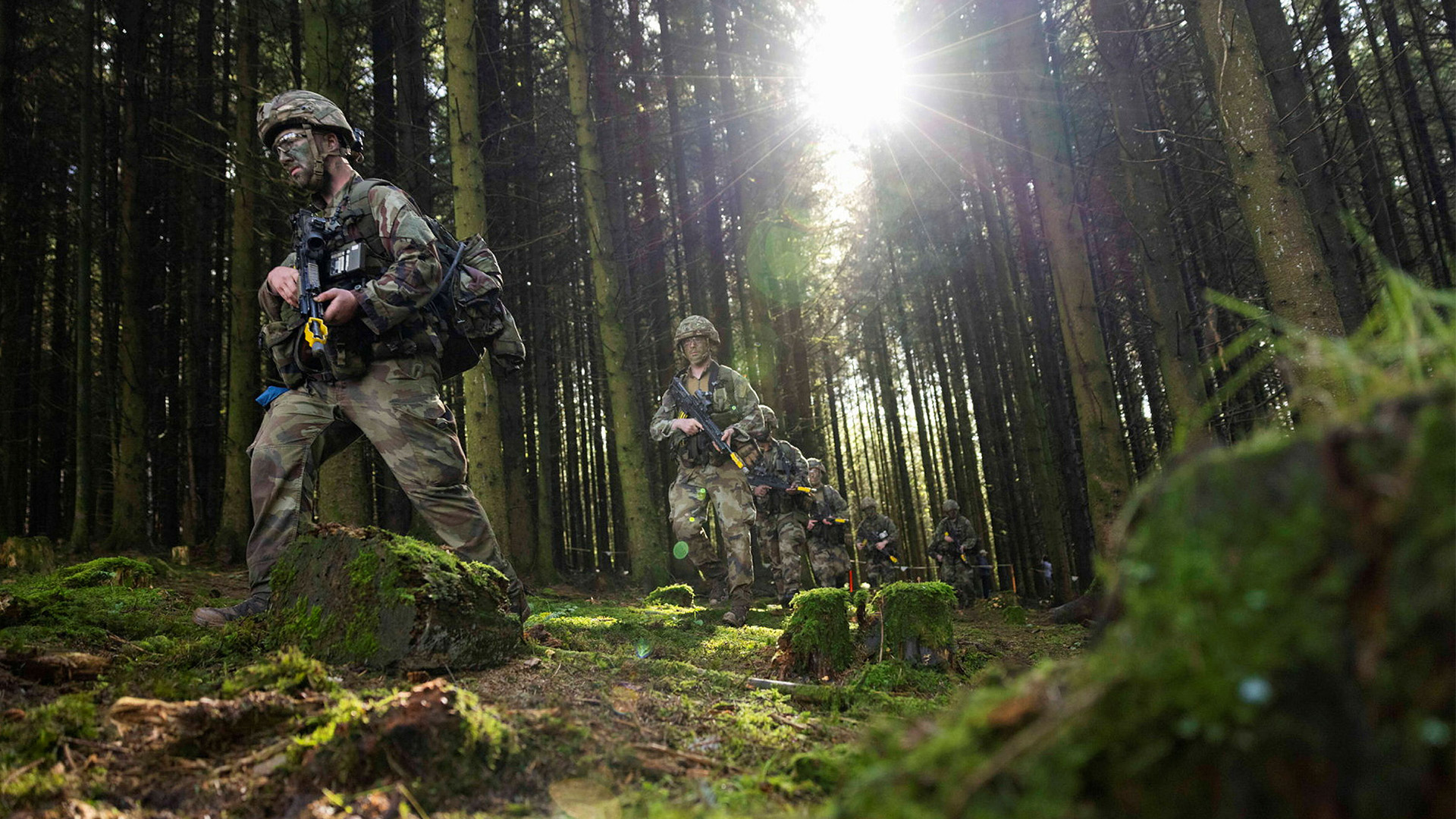
Conserving nature while troops train
The Landmarc forestry team members see themselves as guardians of the green, working to conserve nature and improve biodiversity in tactical military environments at a time when many of the country's natural habitats are in decline.
They regularly plant trees too, contributing to government goals to increase overall forest cover in the UK to 16.5% by 2050, and also harvest timber commercially to generate extra income to enable the woodland to thrive long term.
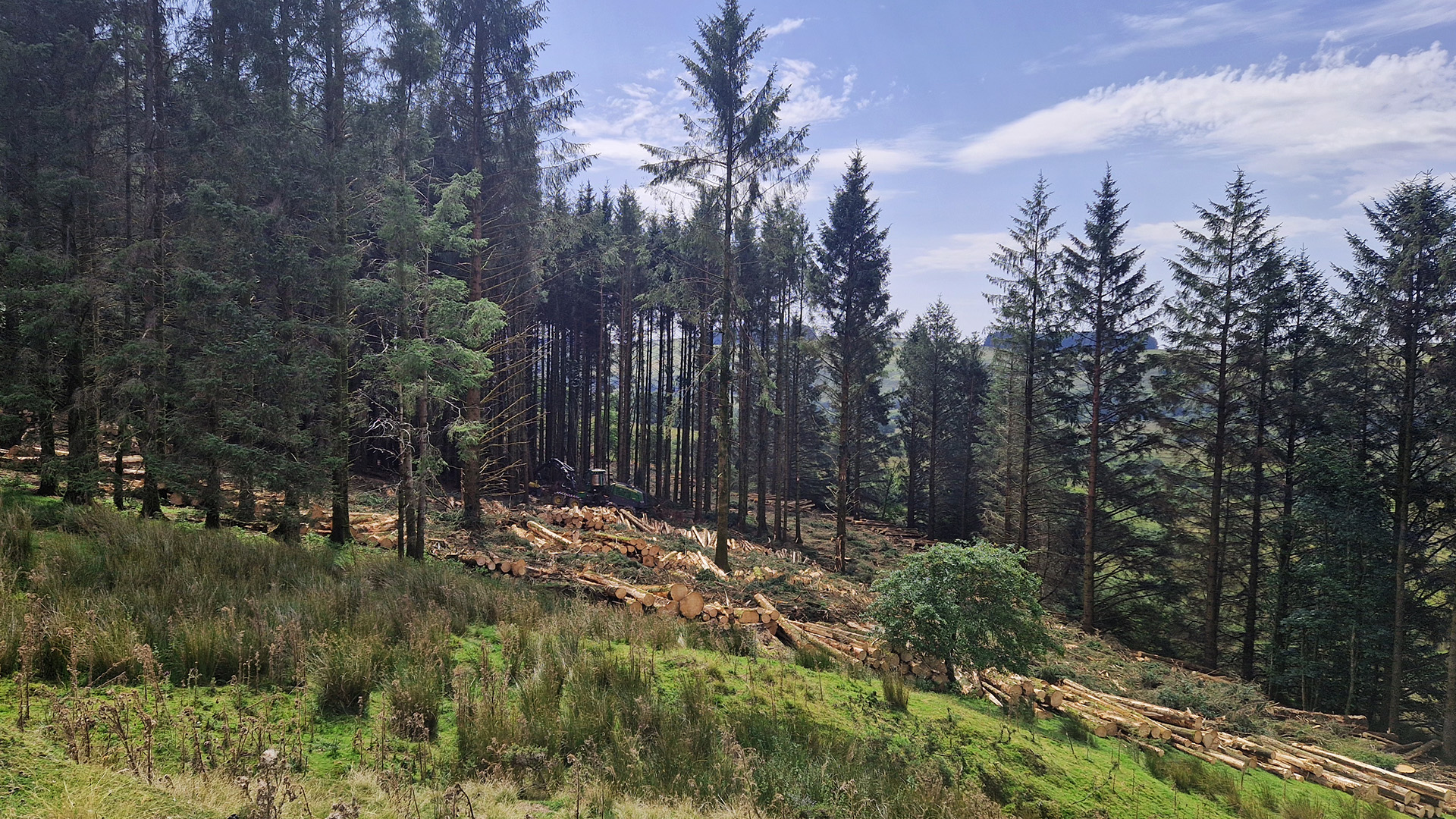
"We've got to ensure that whatever we do, the woodlands are still there in the years to come," said Ms Peachey.
"The world is changing, the climate is getting warmer, we are having a lot more humid summers, and we've got to make sure what we're planting is going to be able to cope with climate and temperature rises, possibly more rainfall, or less rainfall, higher winds and more storms."
Ms Peachey says wildfires are becoming another real threat to military woodland – several blazes broke out on Salisbury Plain training area in July.

Planting trees to help meet government targets
Landmarc works to national forestry standards in their efforts to maintain a high standard of conservation.
"Some of these are in really large plantations which are similar to areas that the Forestry Commission manage, for example, up in Kielder Forest, or in parts of Wales," said Ms Peachey.
Part of the Kielder Forest is on the MOD's Otterburn training area in Northumberland.
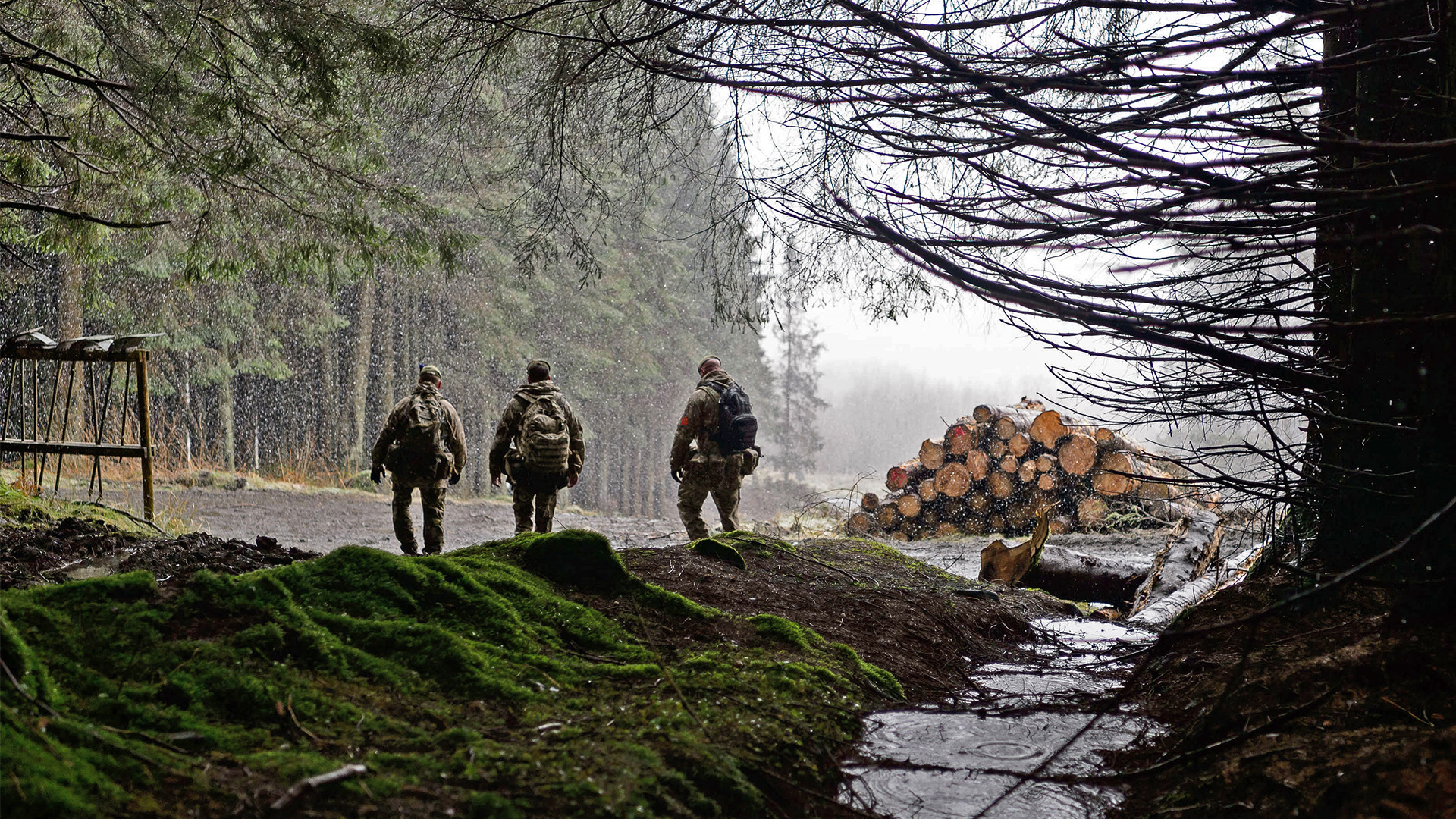
It currently has around 1,700 hectares of woodland, and a third of that area is new native woodland planted on the estate since the MOD took over the land in the 1970s.
"We will always try and maintain woodland cover as it is, but where we get the opportunities, we will always try and plant more trees, and we will always look really carefully about the right tree for the right site, looking at soil type and climatic conditions and also the species choices that we have available to us.
"We can then manipulate that to build a better woodland for the future, but at the same time, we can also take into account the various different requirements that the military have for their fighting in woodlands and forests."
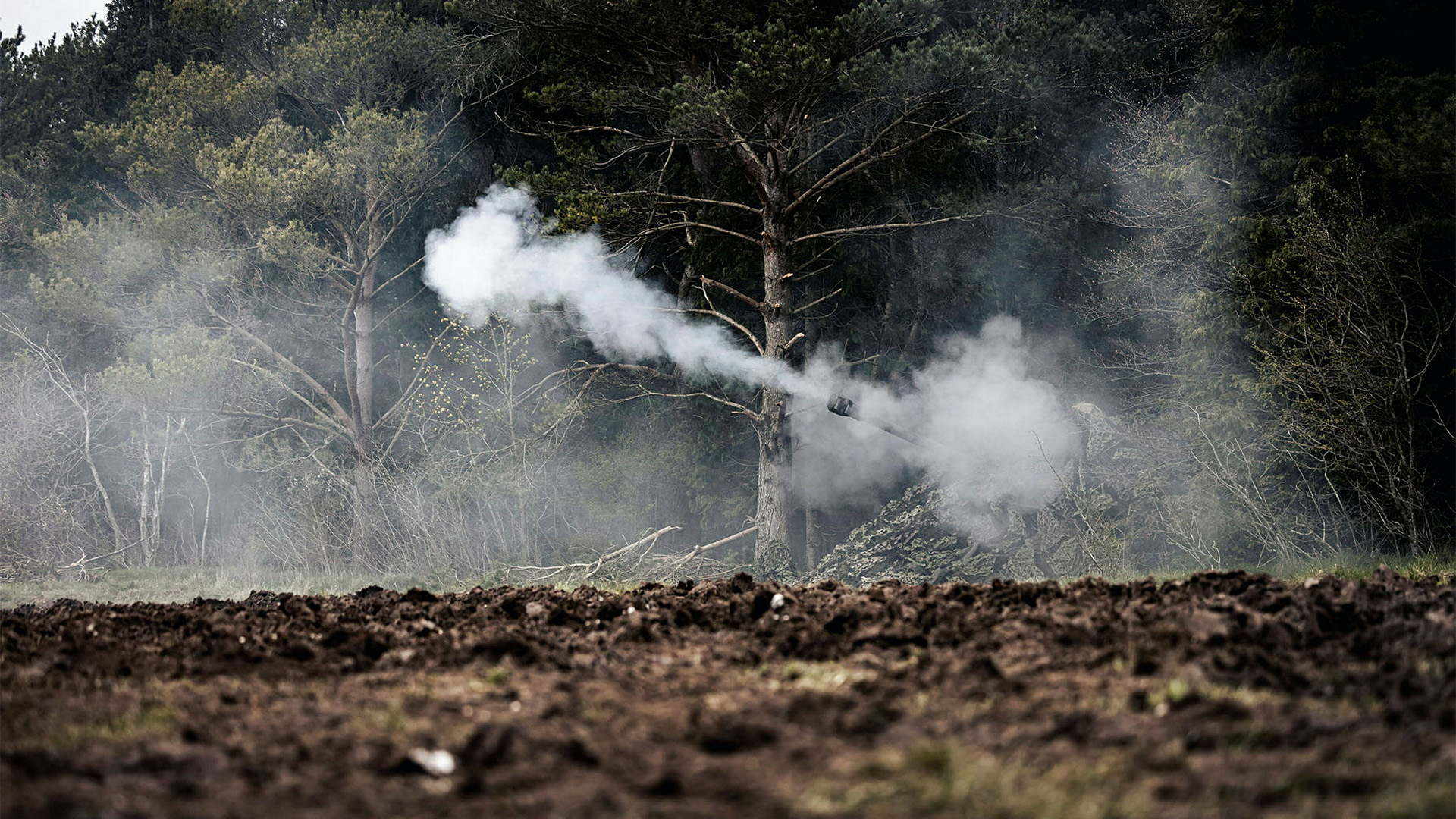
Mental health benefits for troops
The DTE is one of the UK's most significant forestry resources, but like elsewhere in the country, trees are vulnerable to disease, creating a potential hazard for troops in training.
"A lot of these [woodlands] are now susceptible to a lot of plant health issues and diseases such as ash dieback, which is decimating about 90% of the ash that we have across the DTE," said Ms Peachey.
The disease has already infected many trees across the Salisbury Plain training area, which were felled for safety reasons.
But the team intends to replace them to create new healthy woodlands – areas which also provide mental health benefits for members of the public, as well as troops.
"I hope when they come out into the woodland, they can feel it's an open space and a calm space and somewhere where they can just breathe the air and just commune with nature," said Ms Peachey.
The Forest Stewardship Council's Forest Week runs from 20-26 September, highlighting the importance of sustainable forestry and emphasising the role that forests play in tackling climate change, protecting biodiversity and supporting communities.






